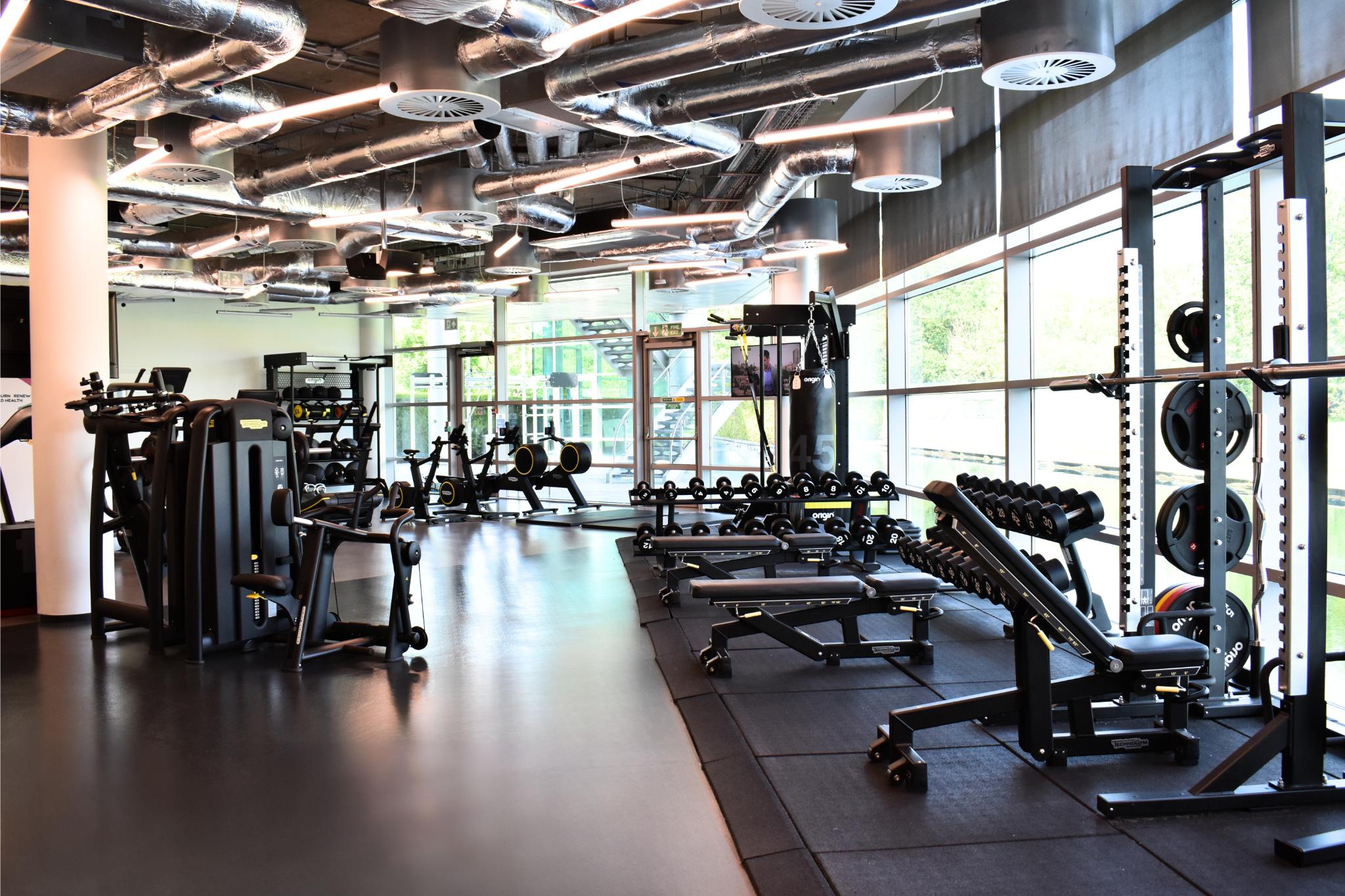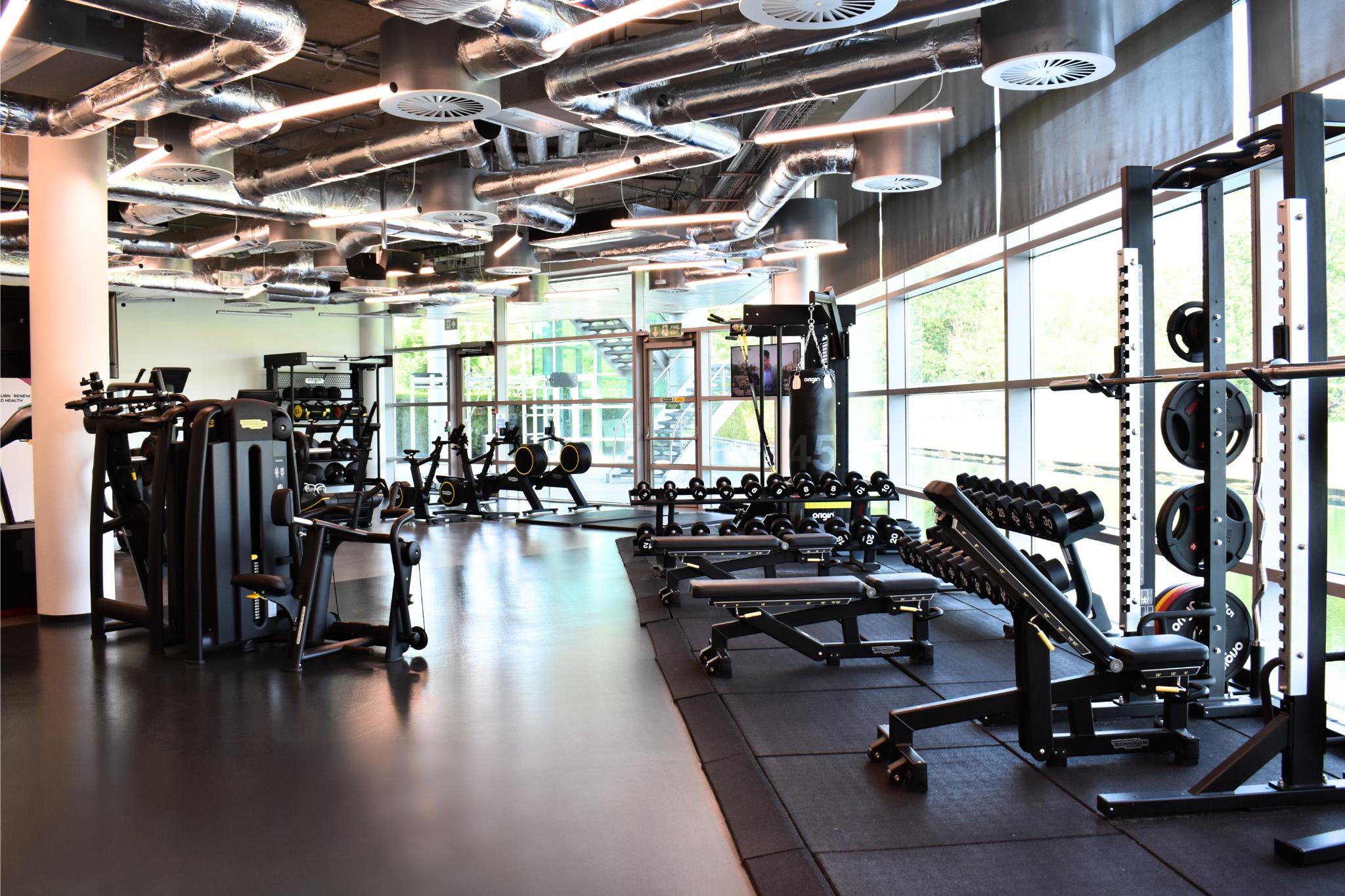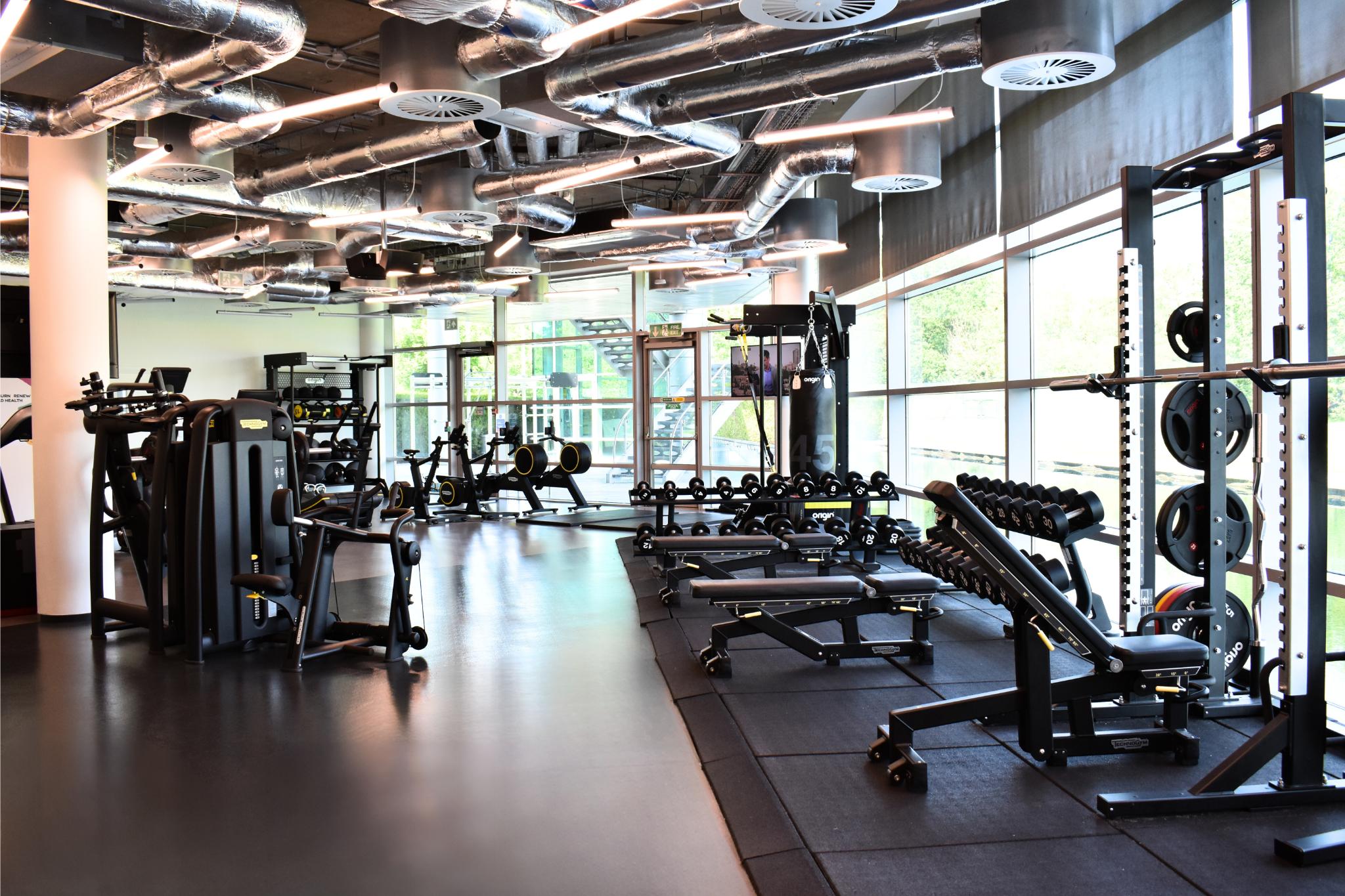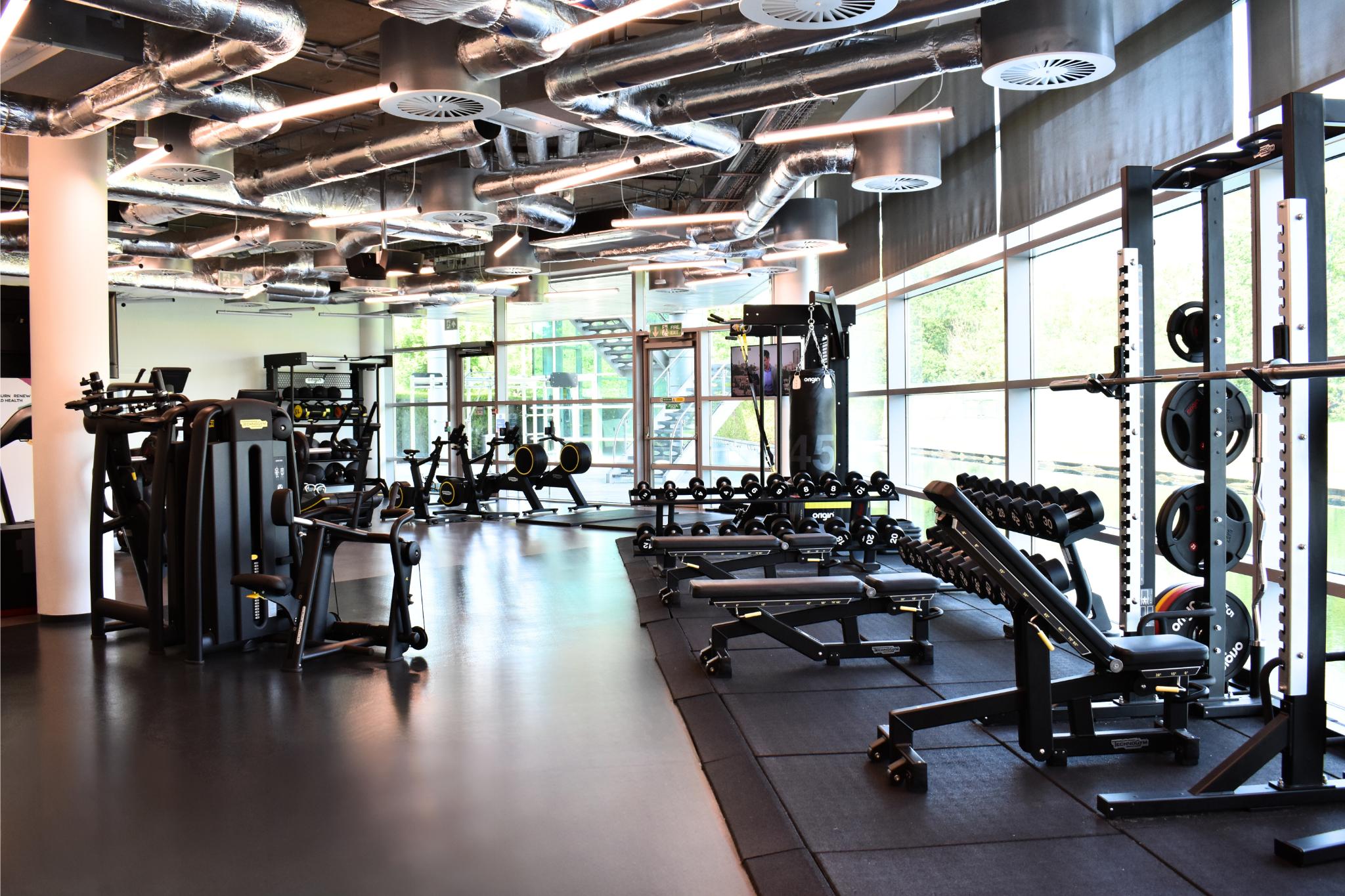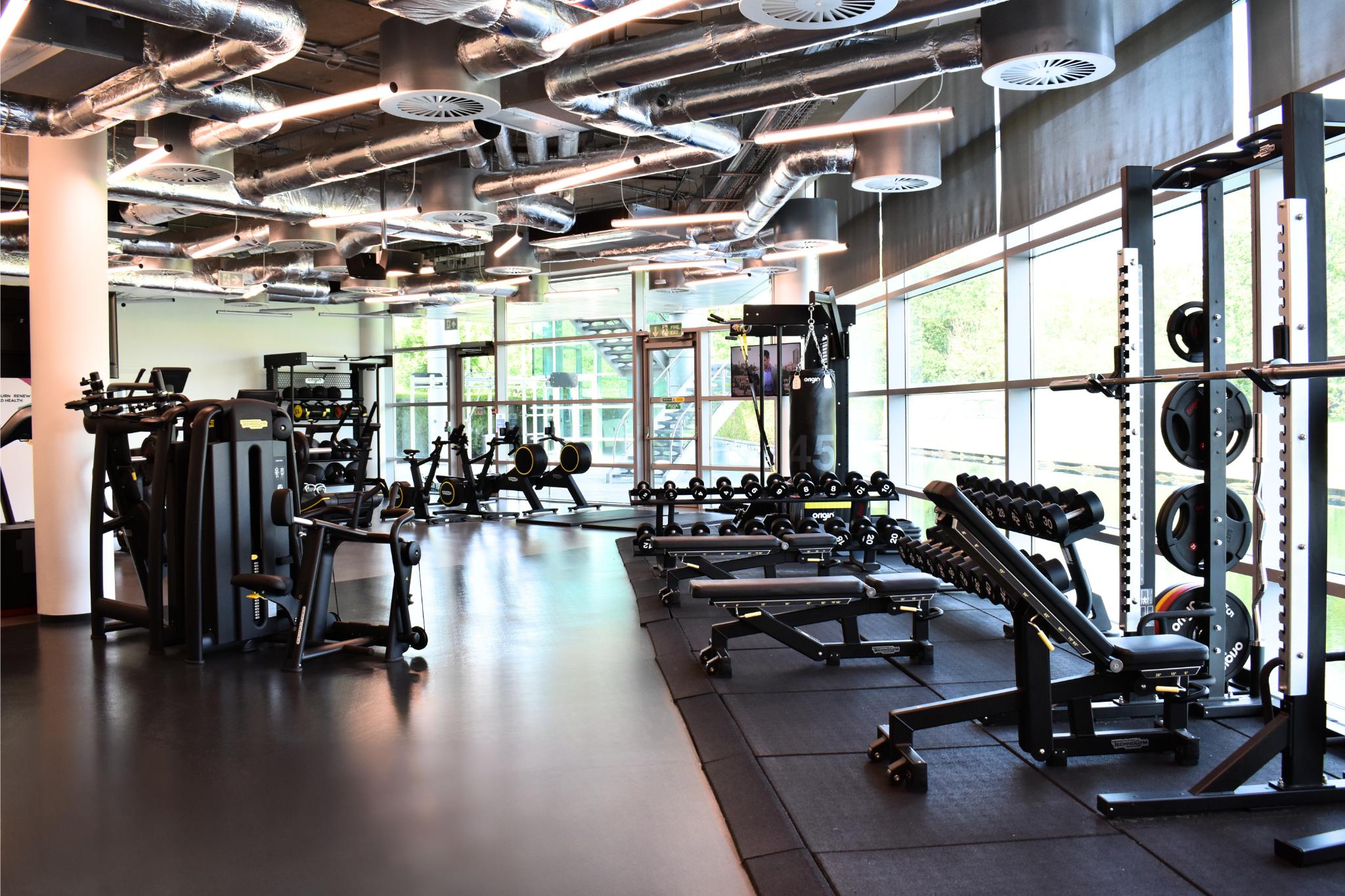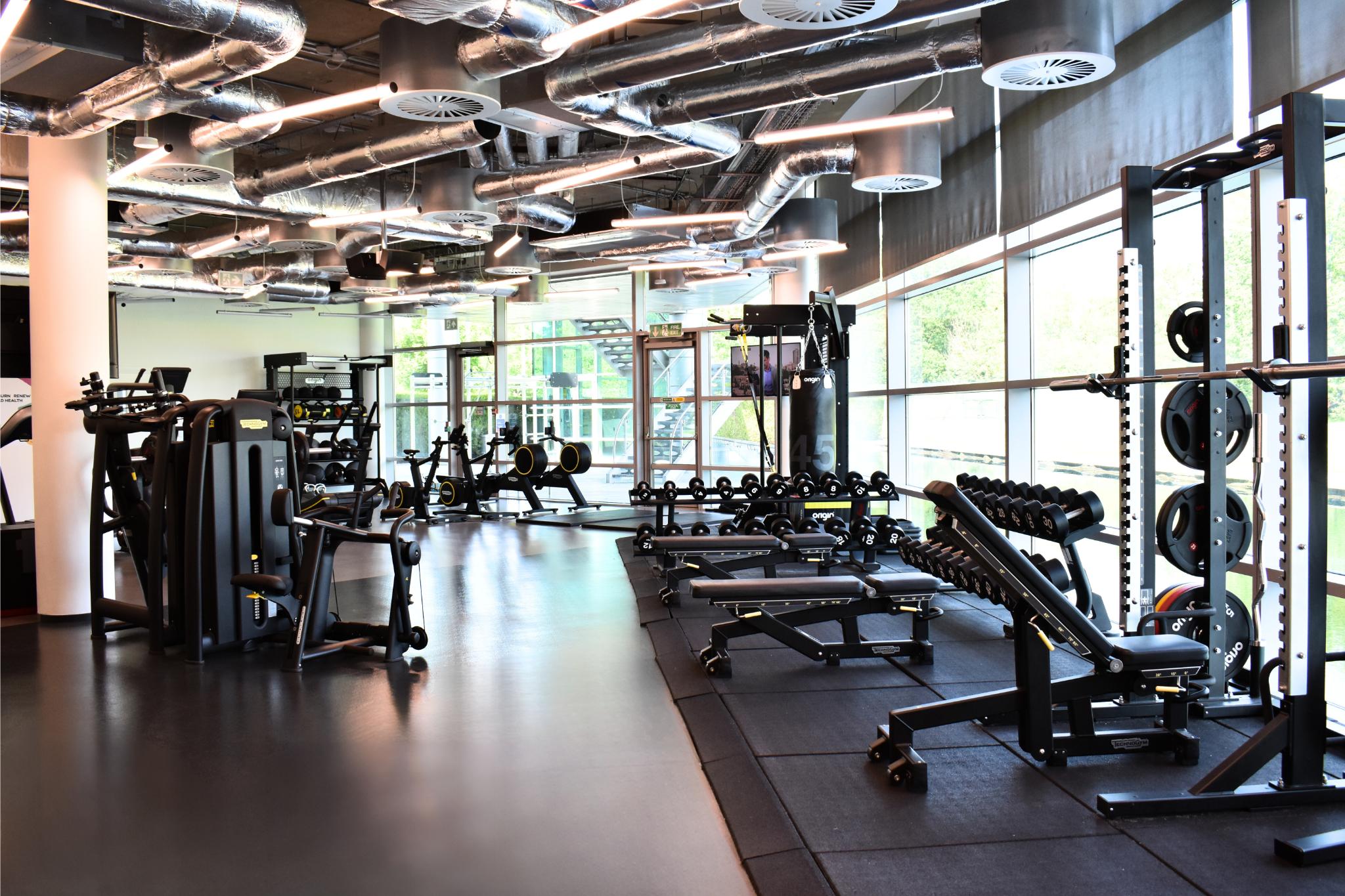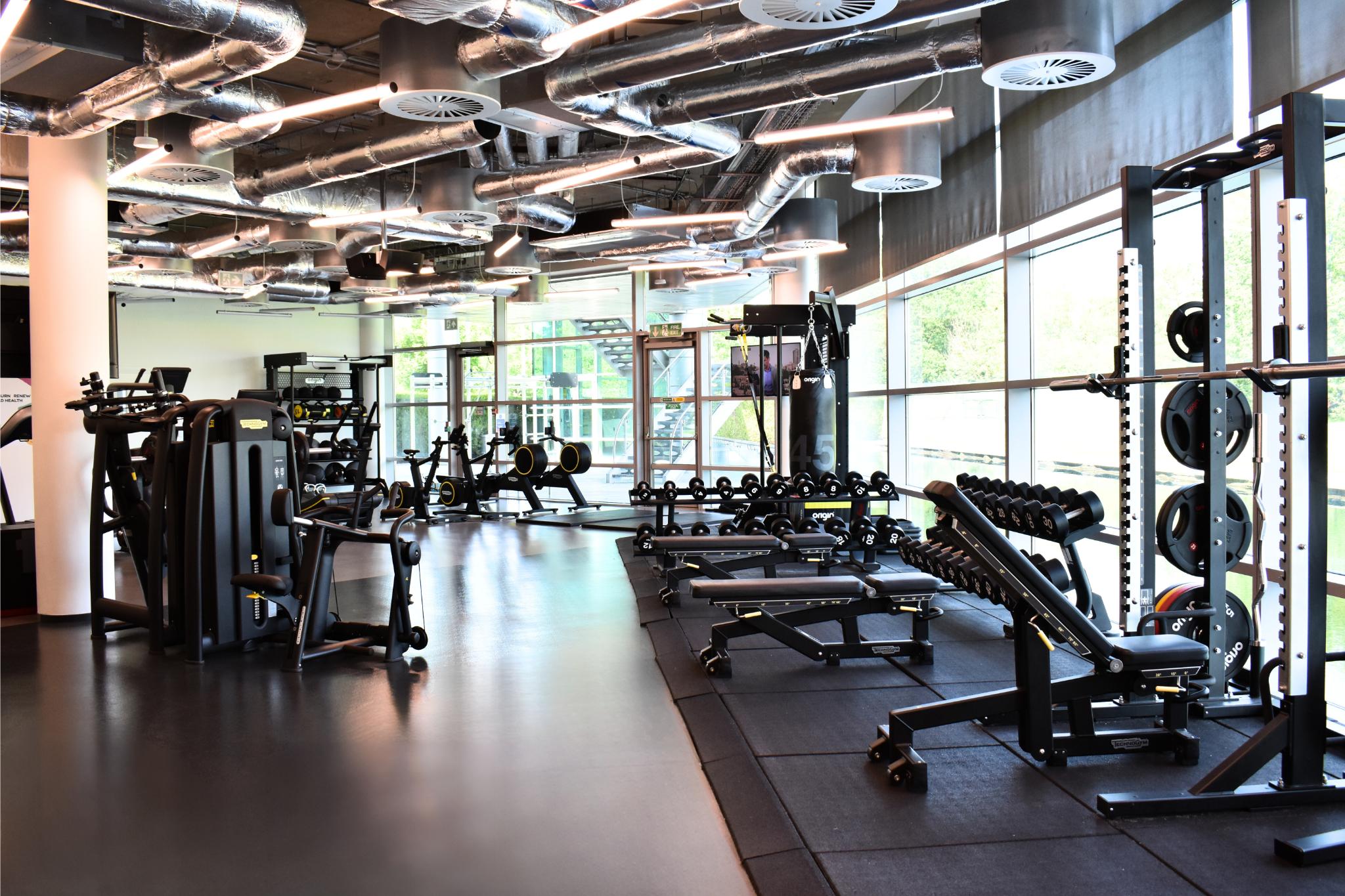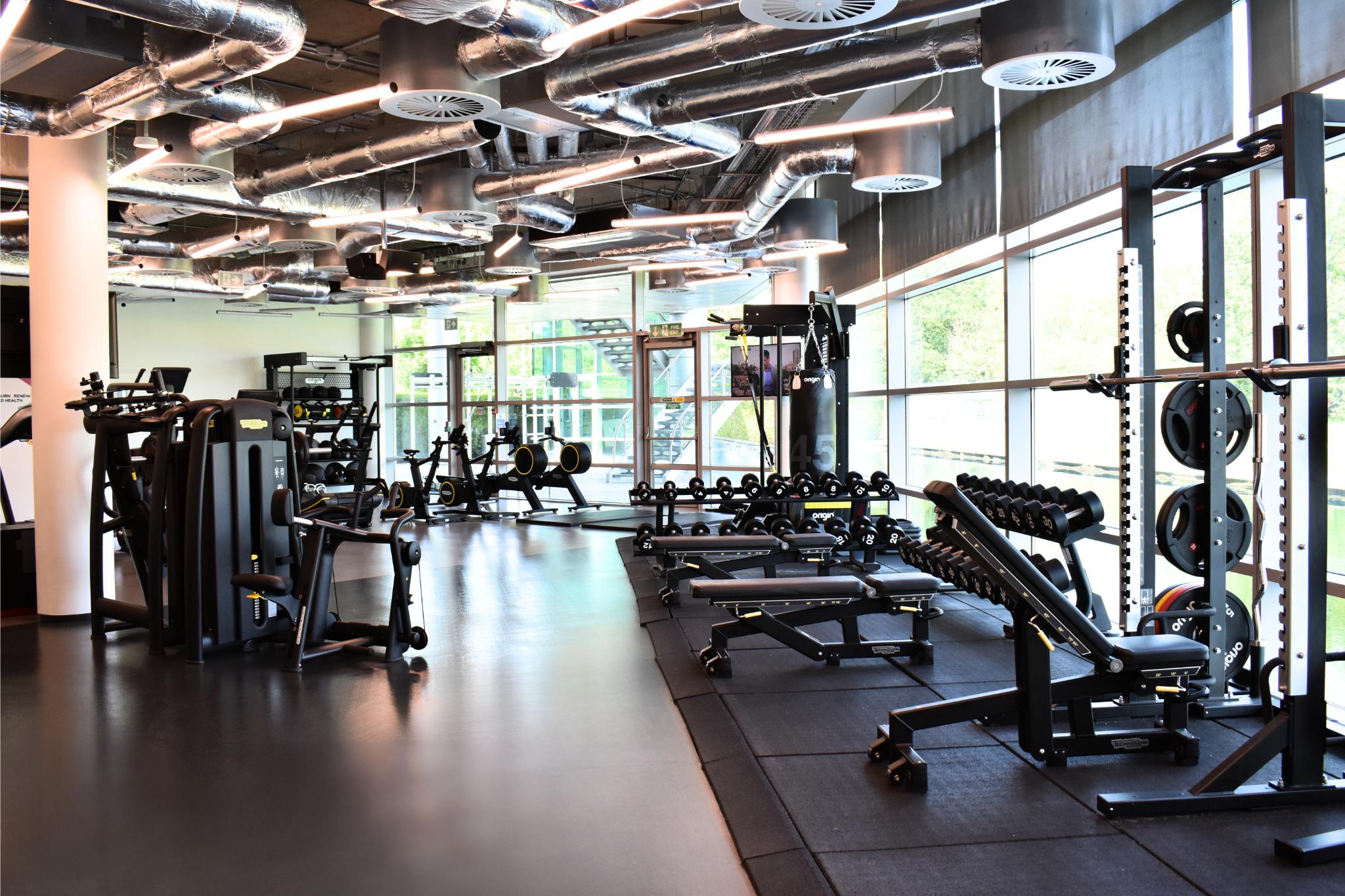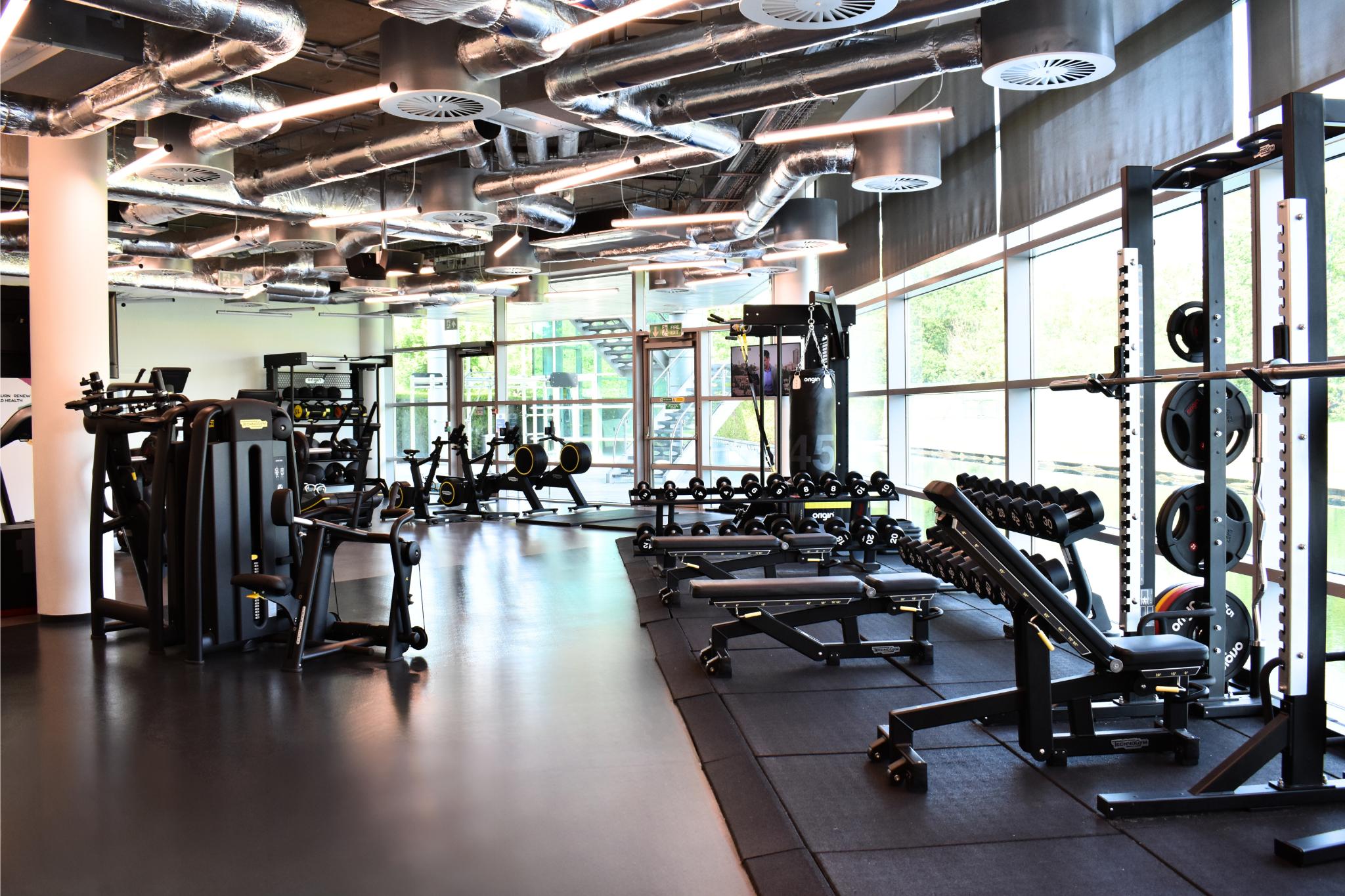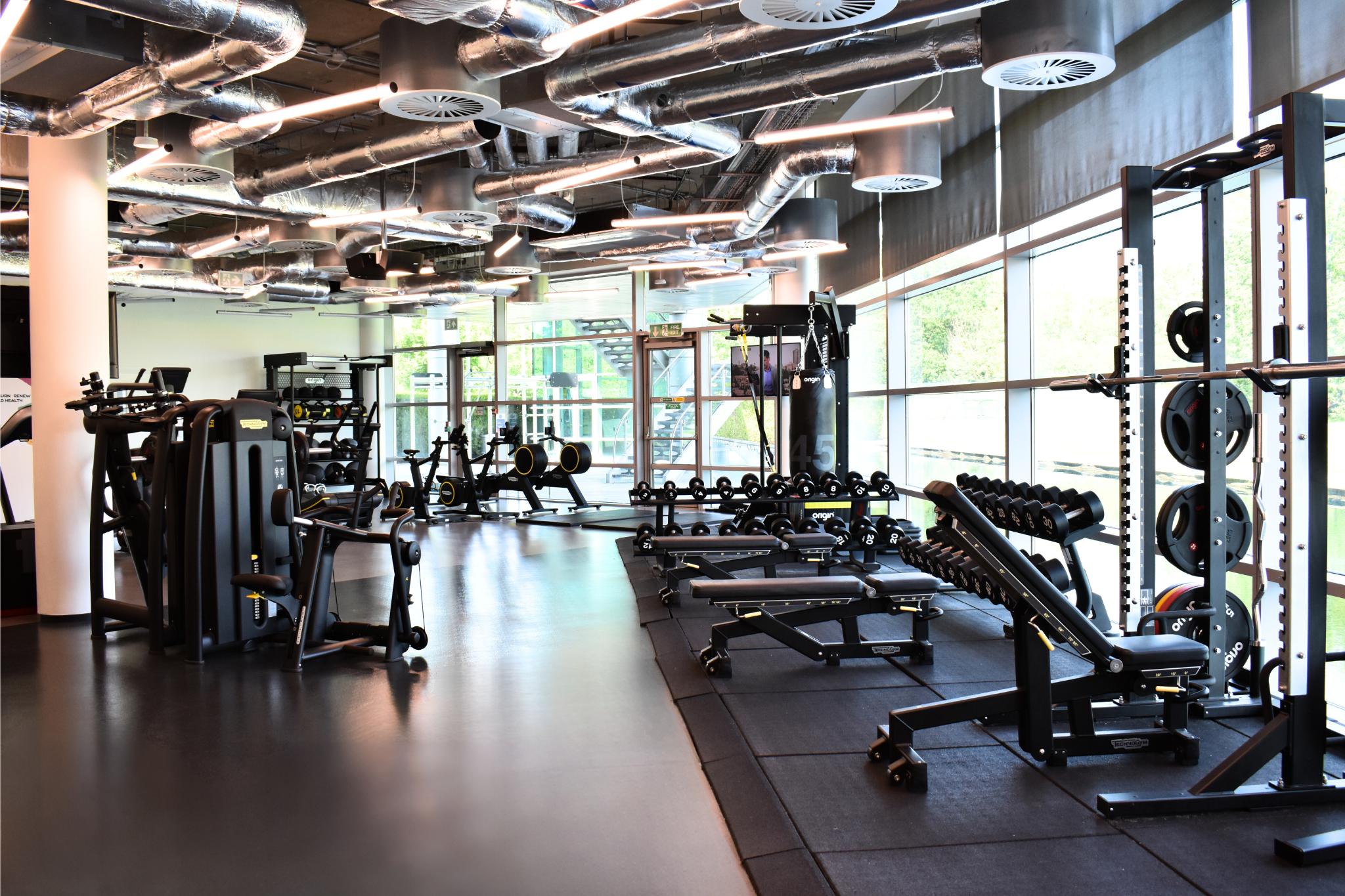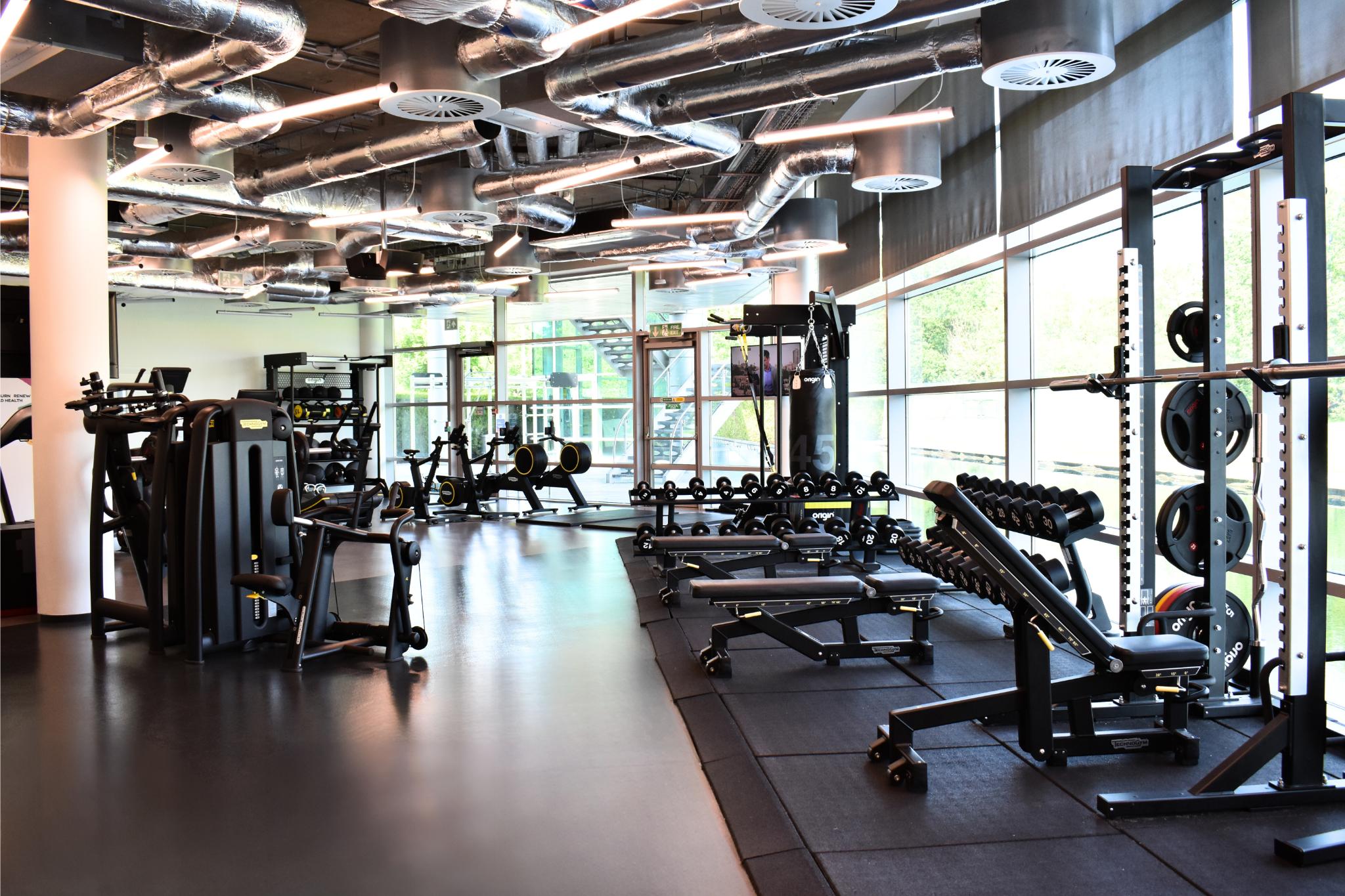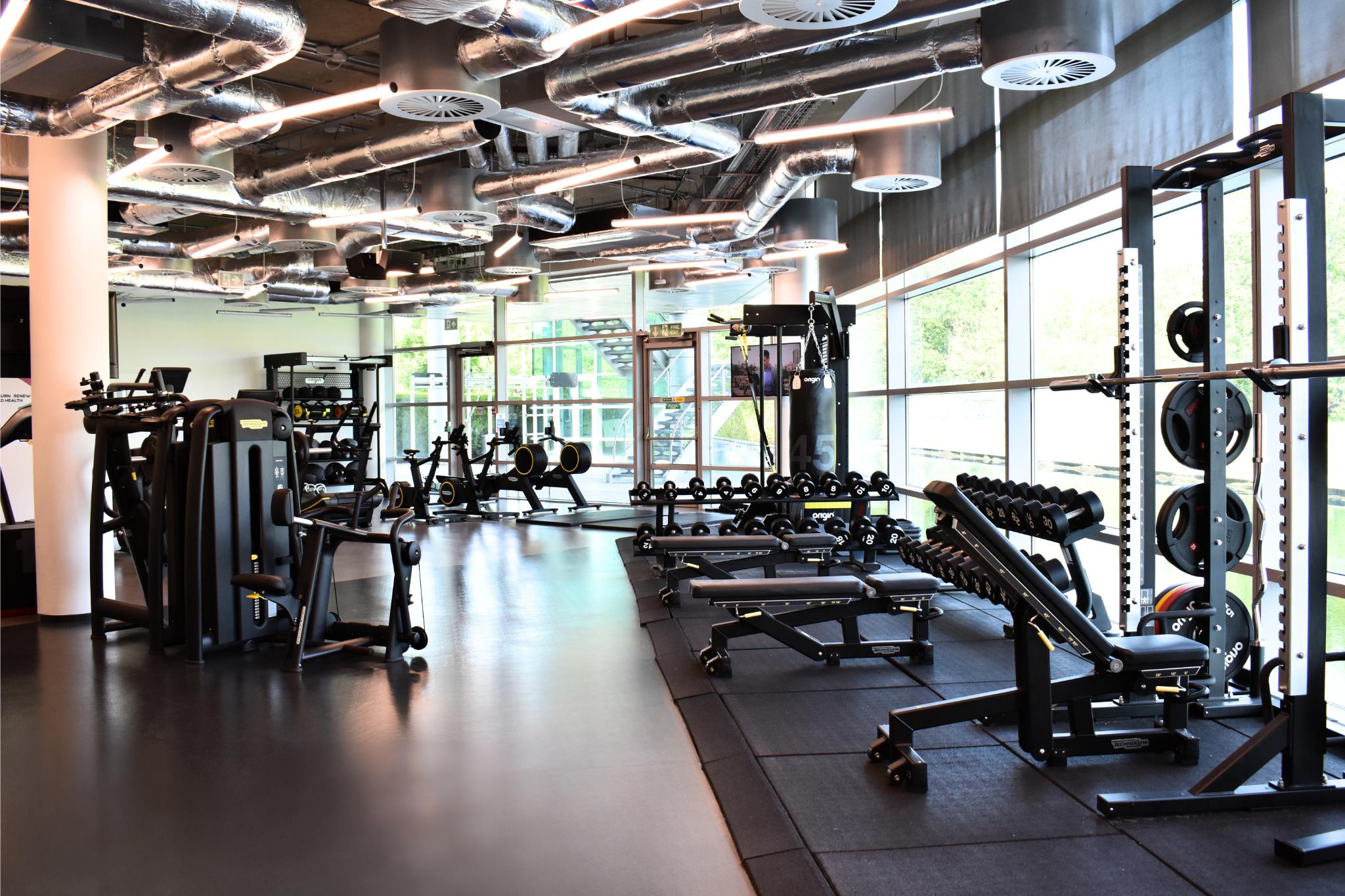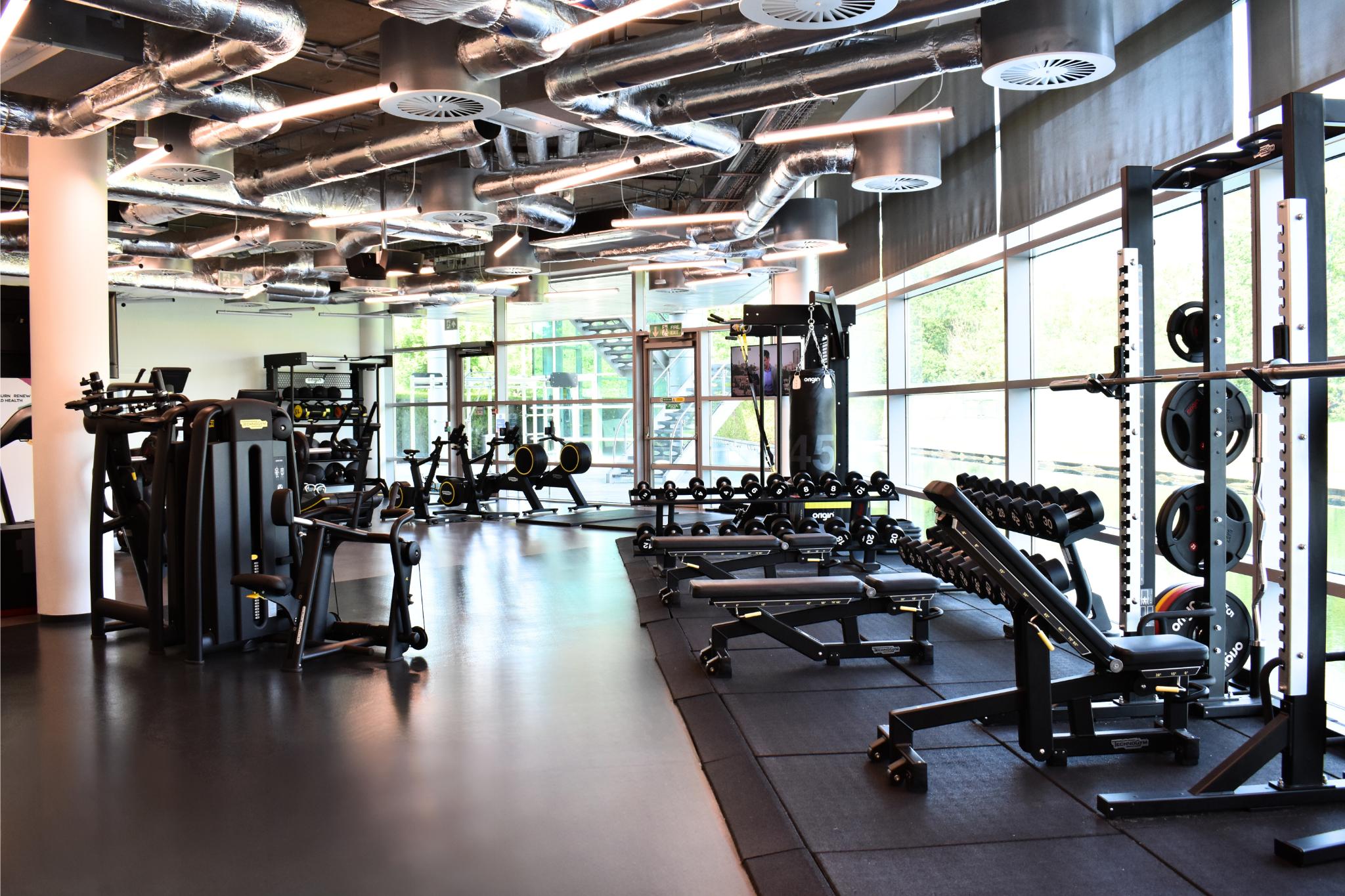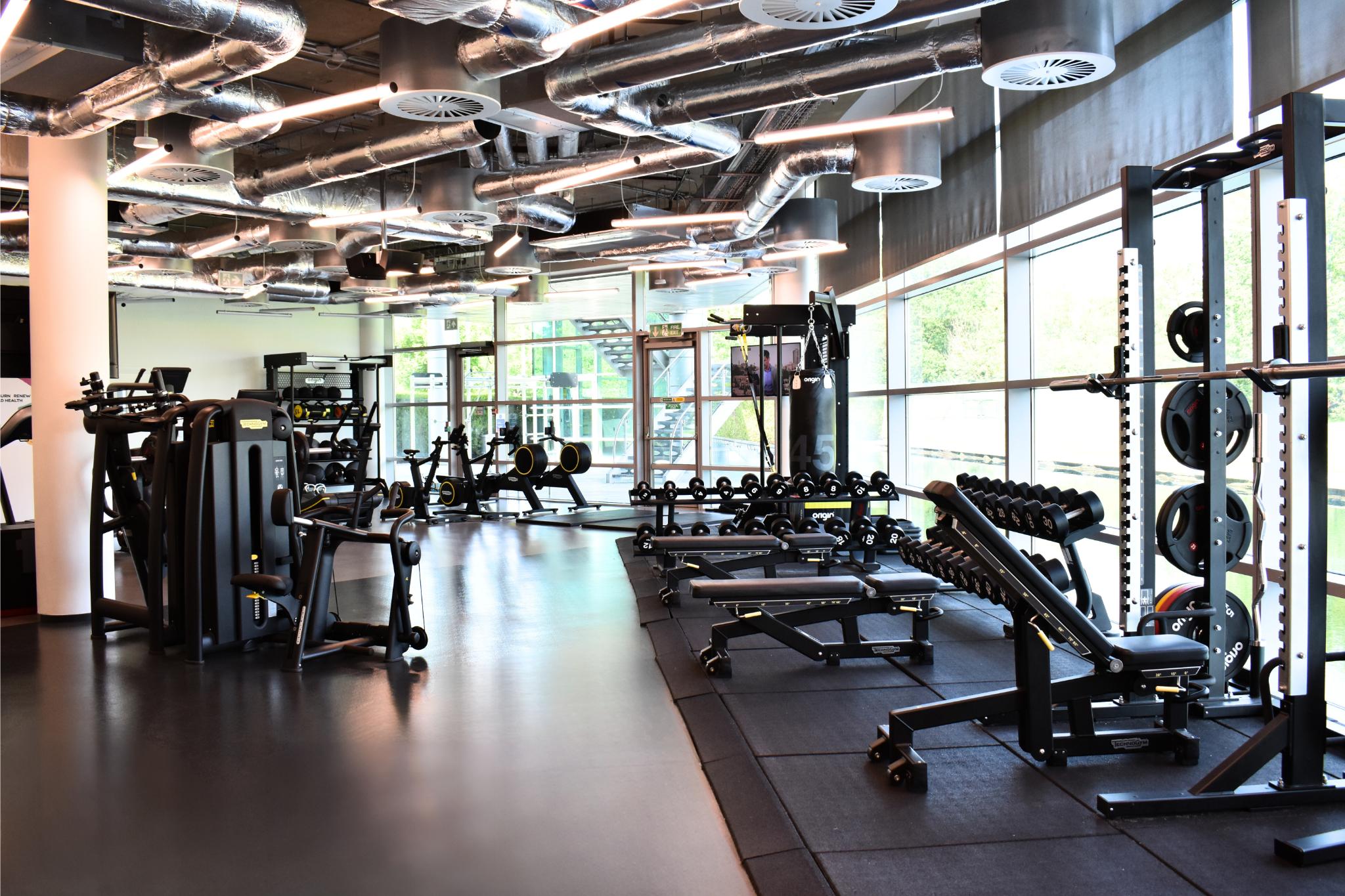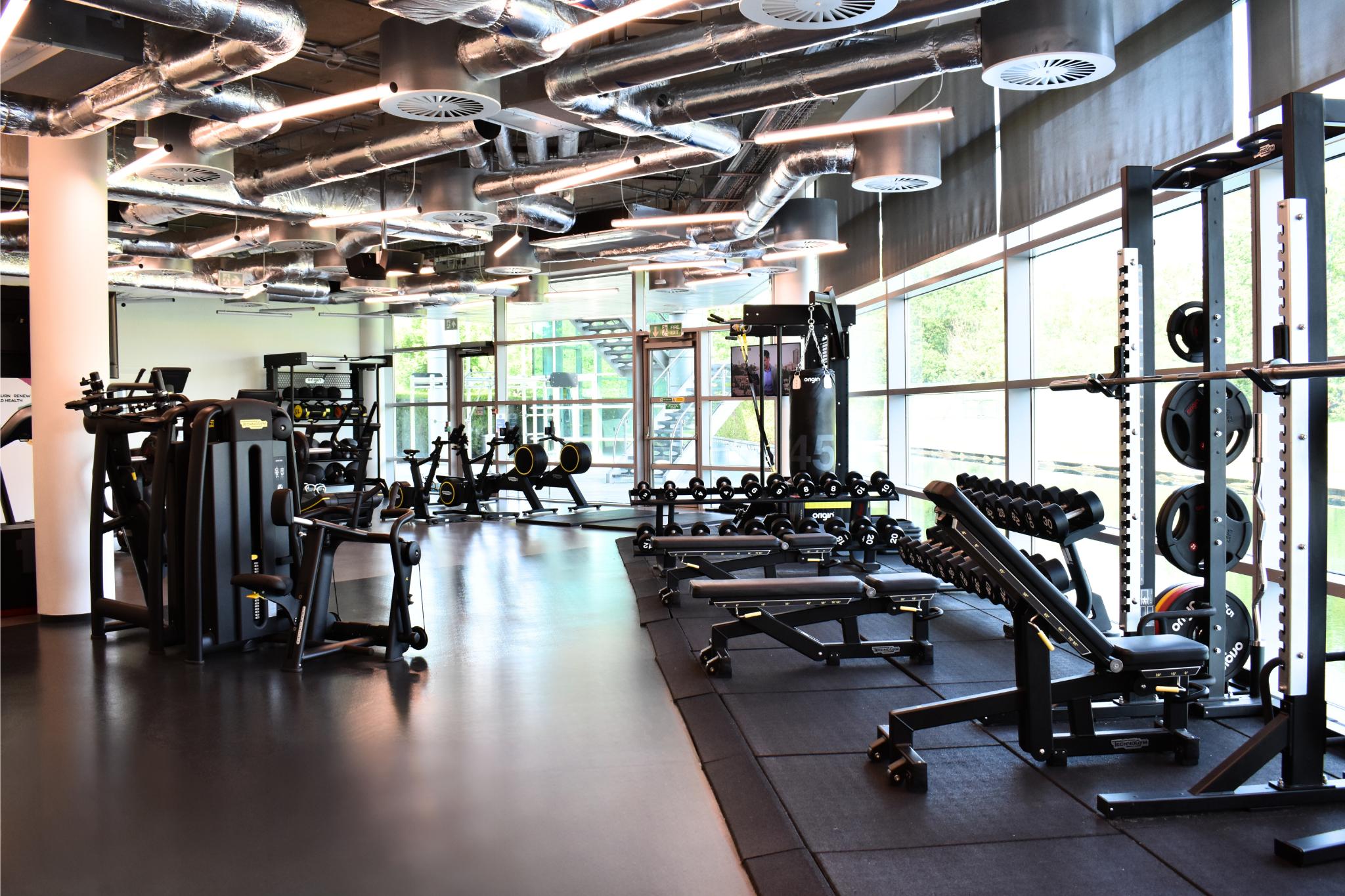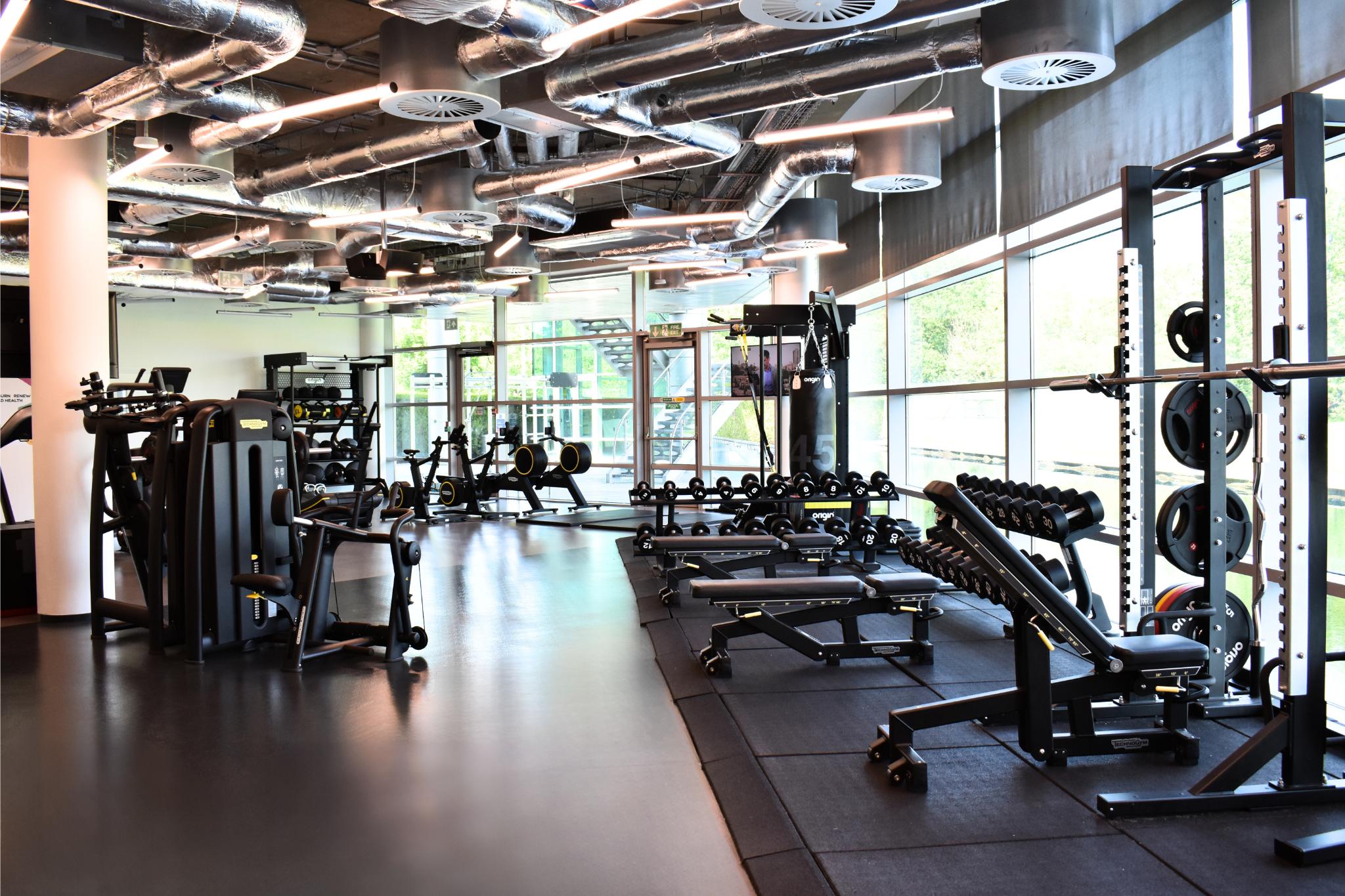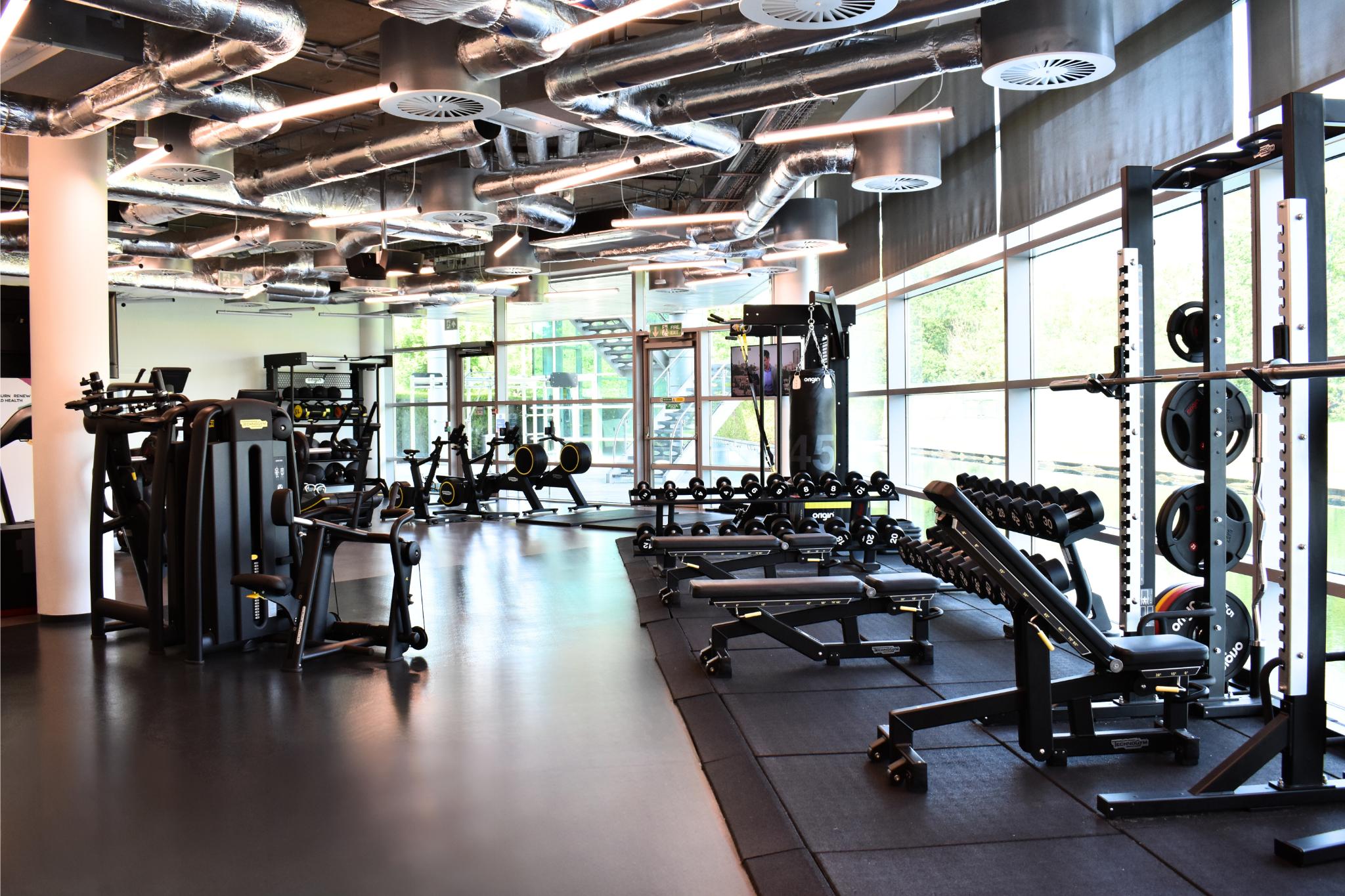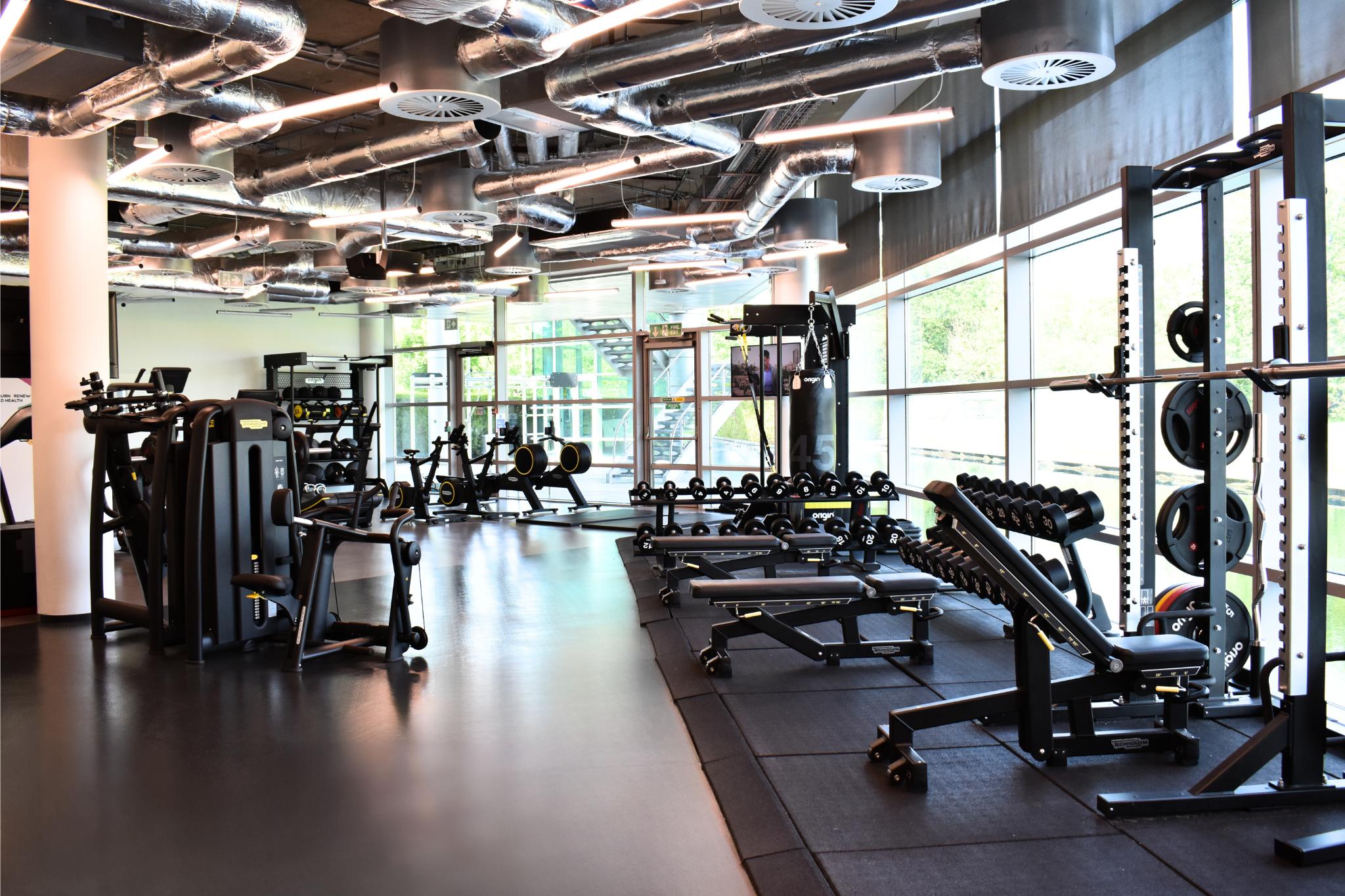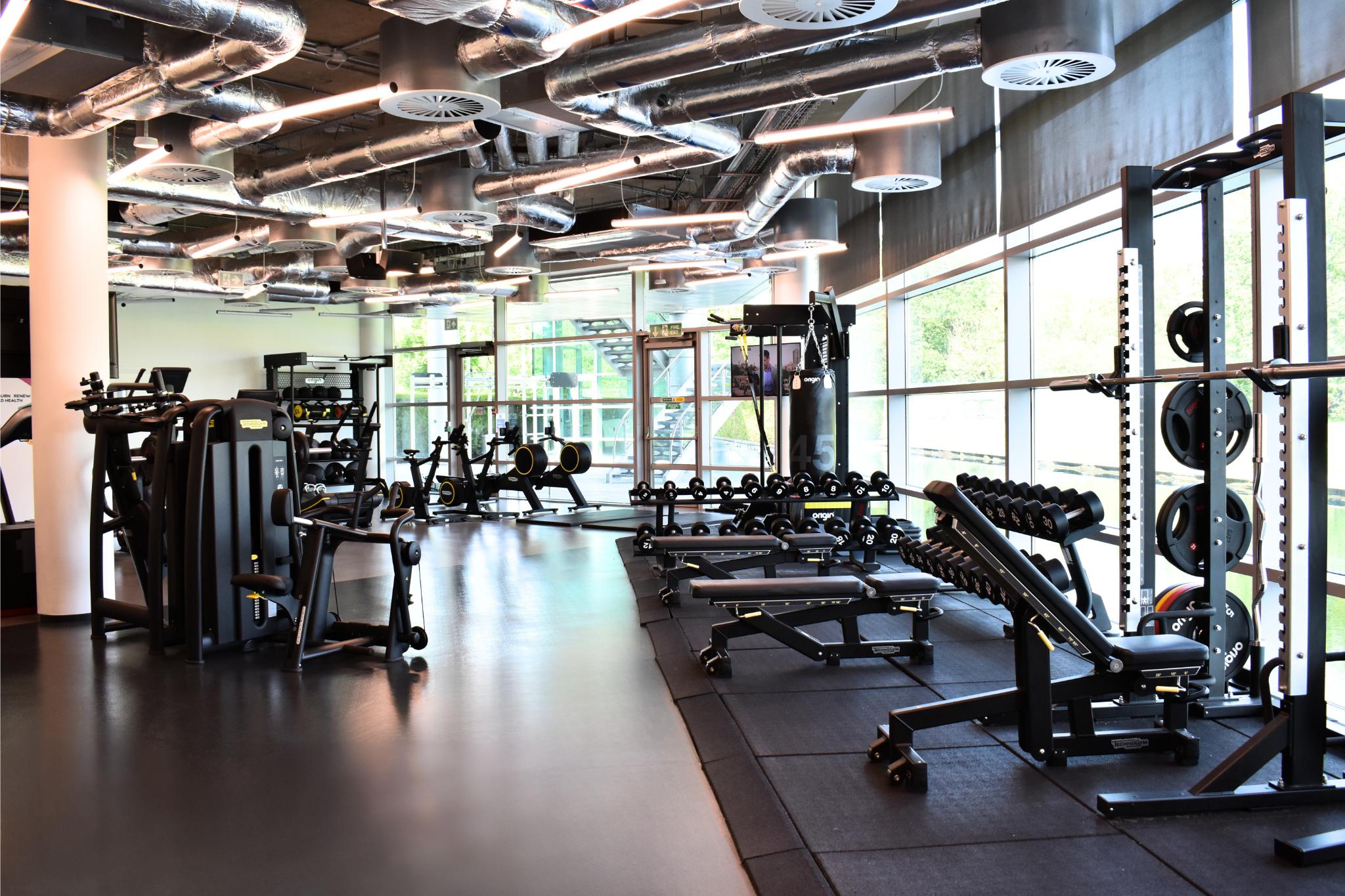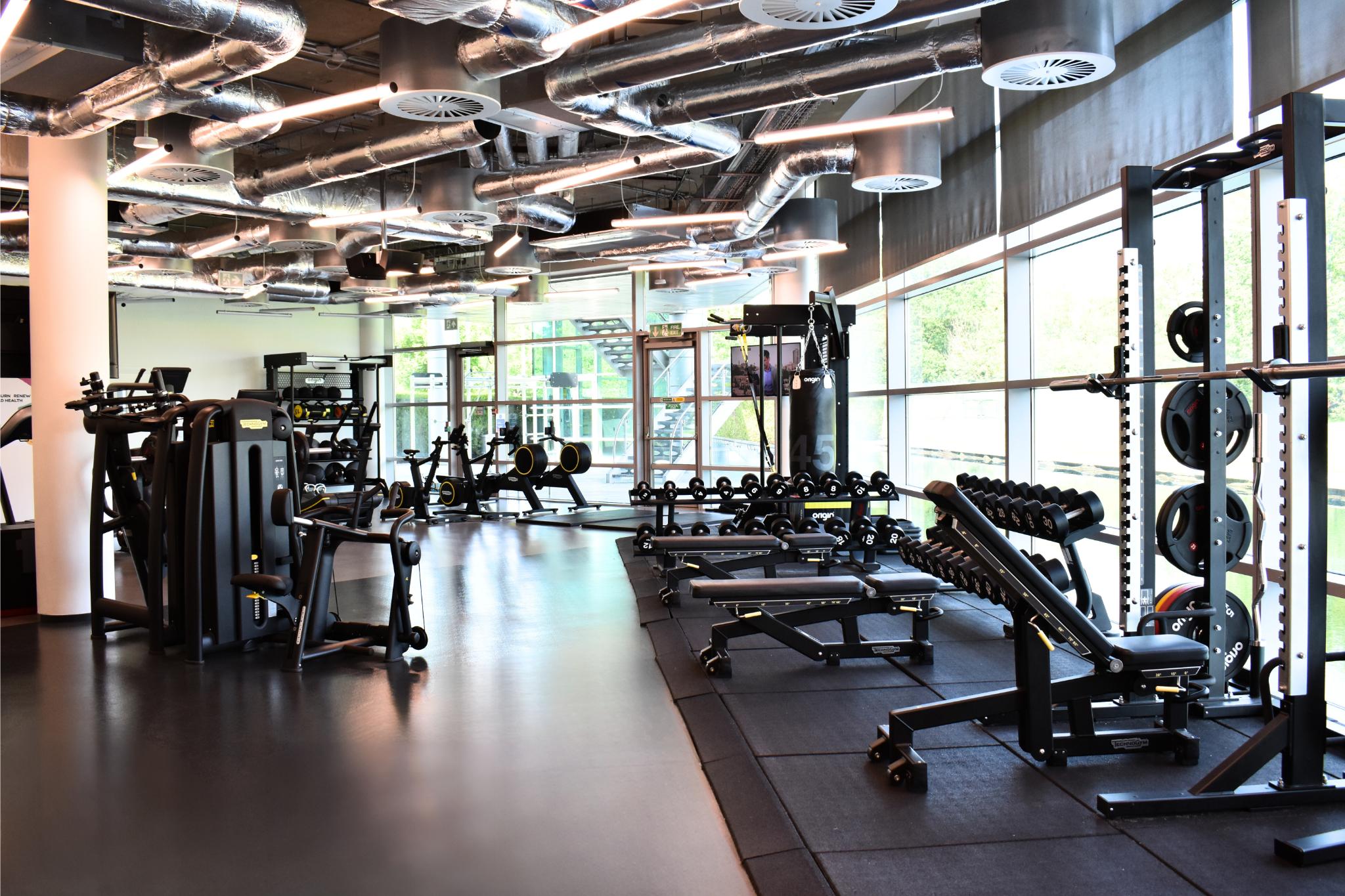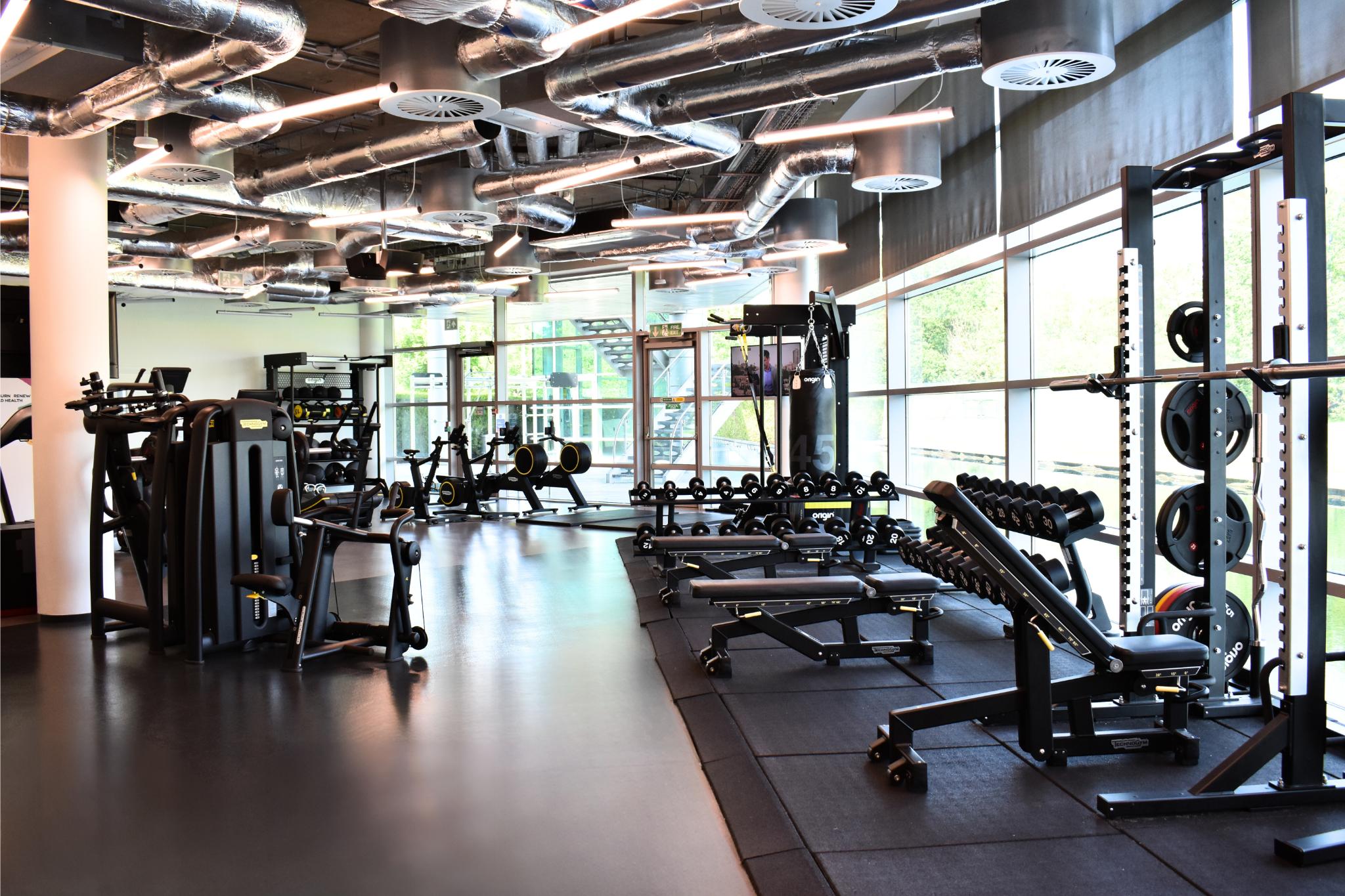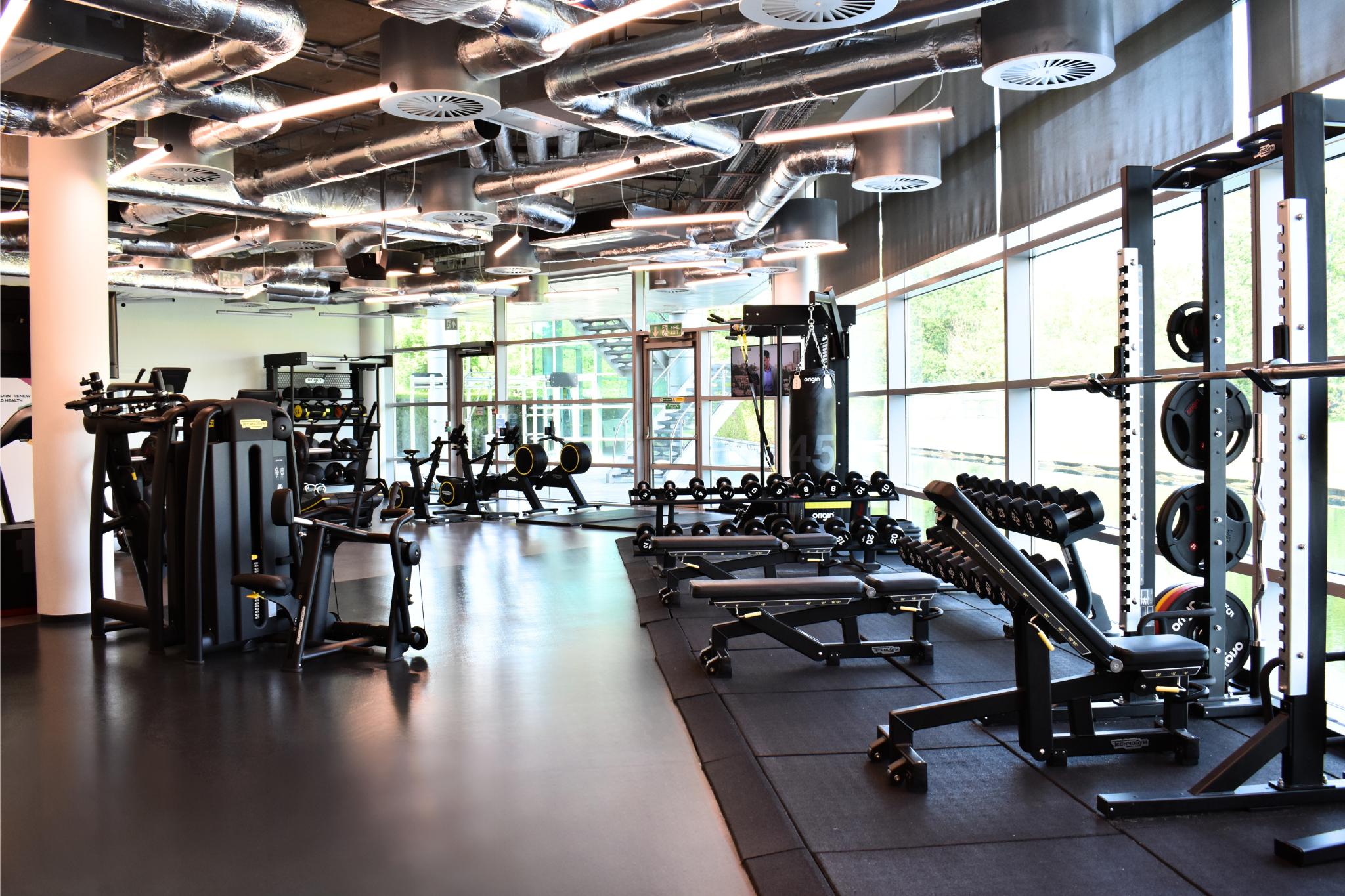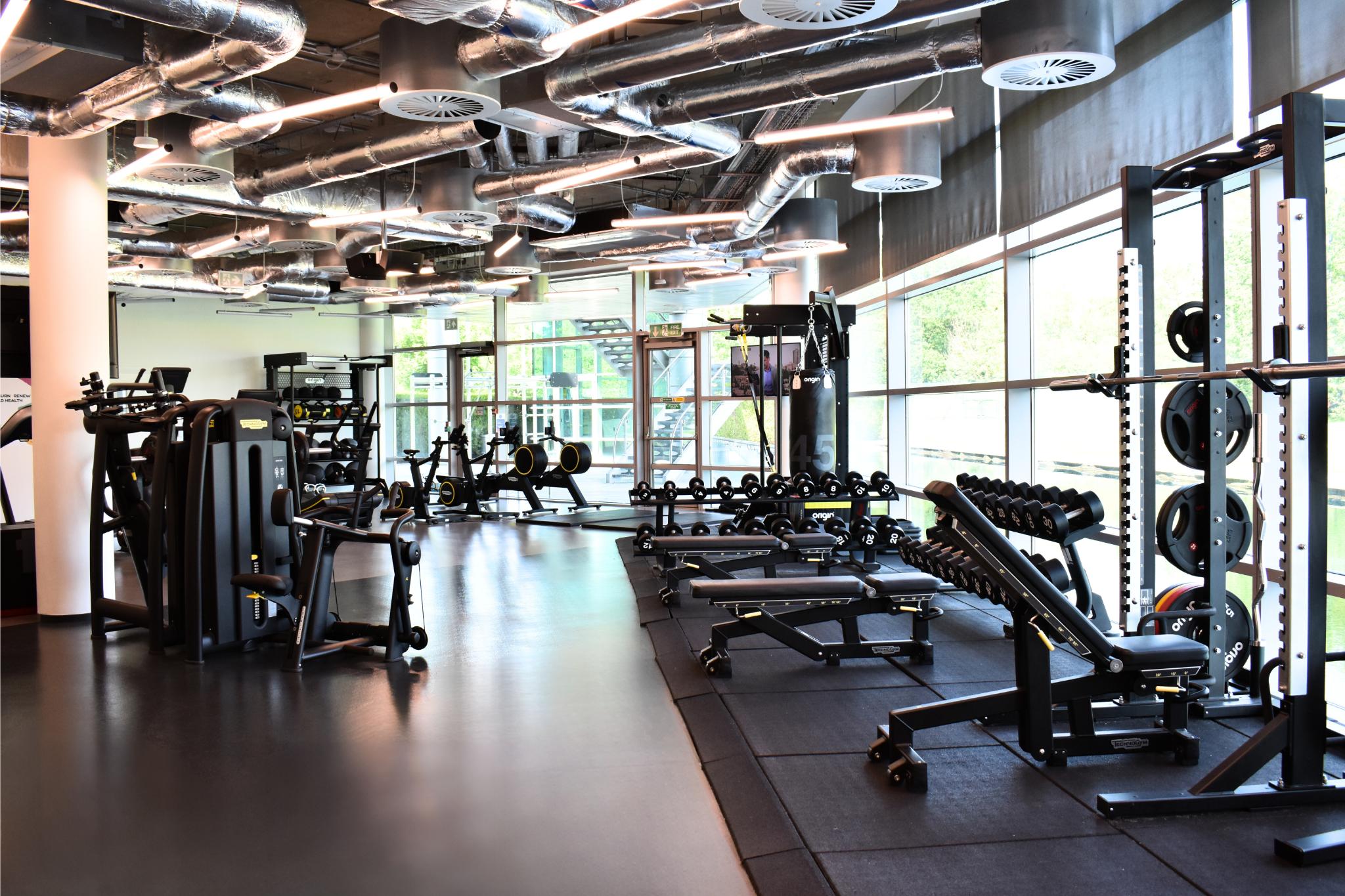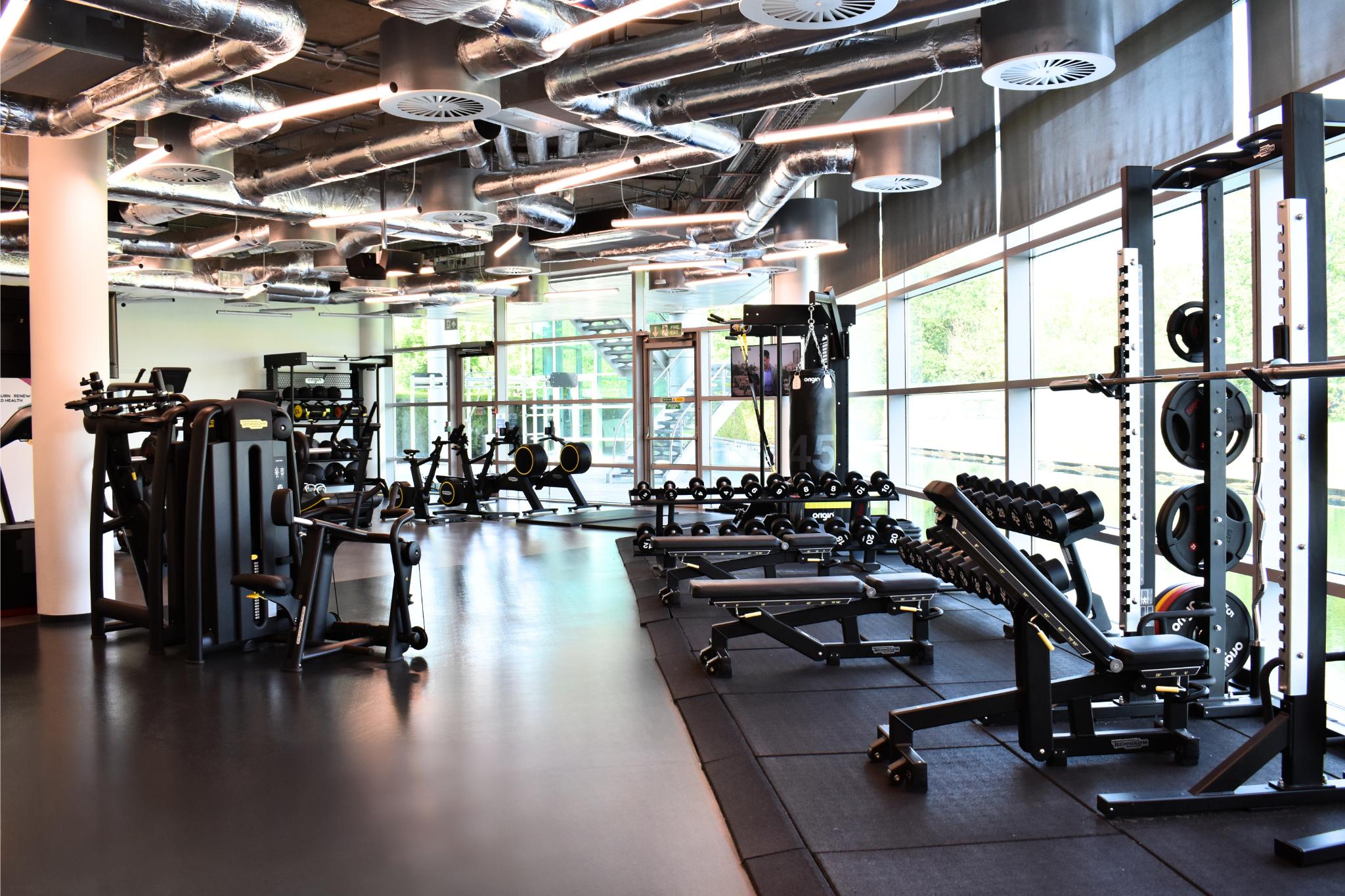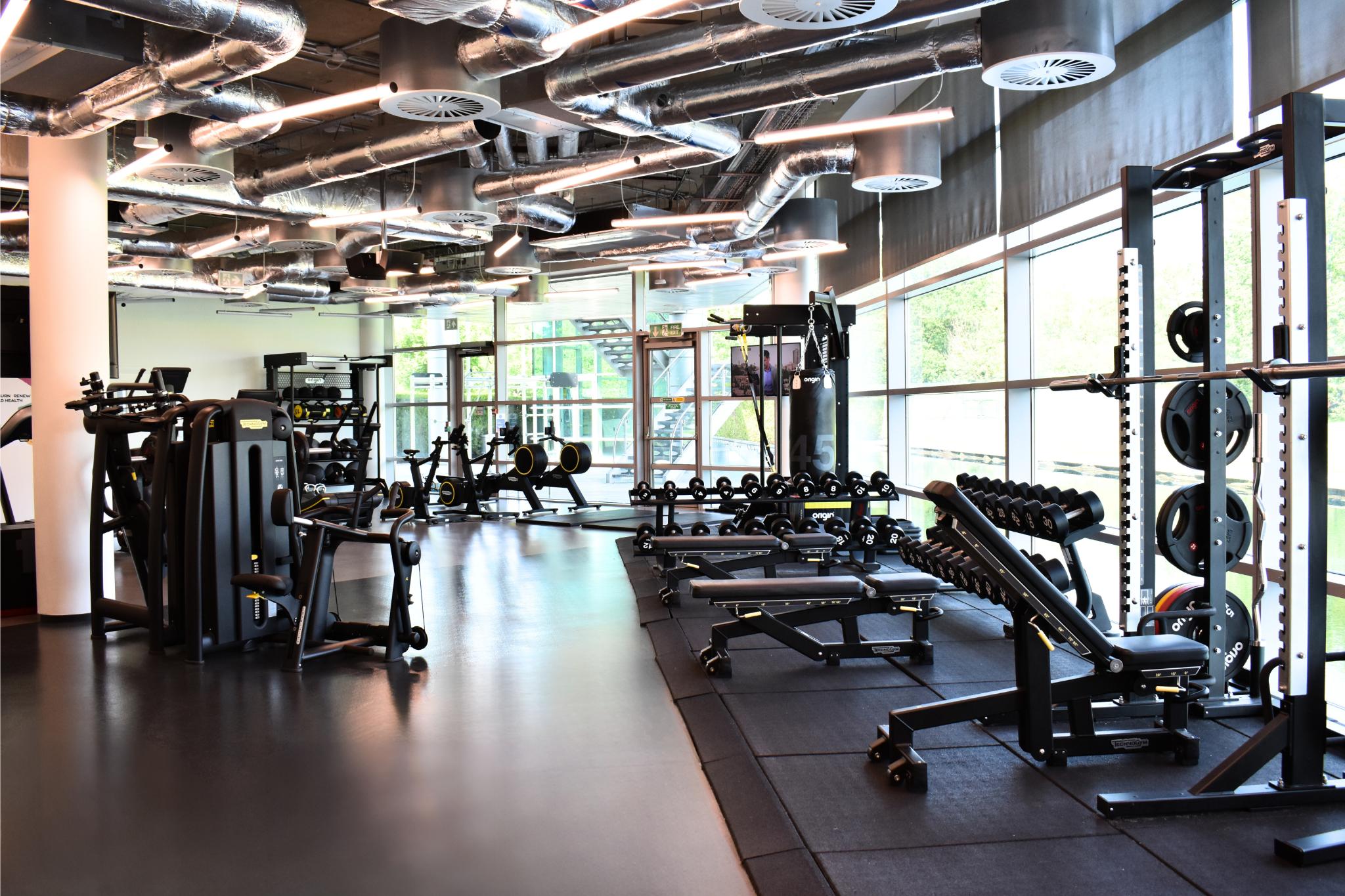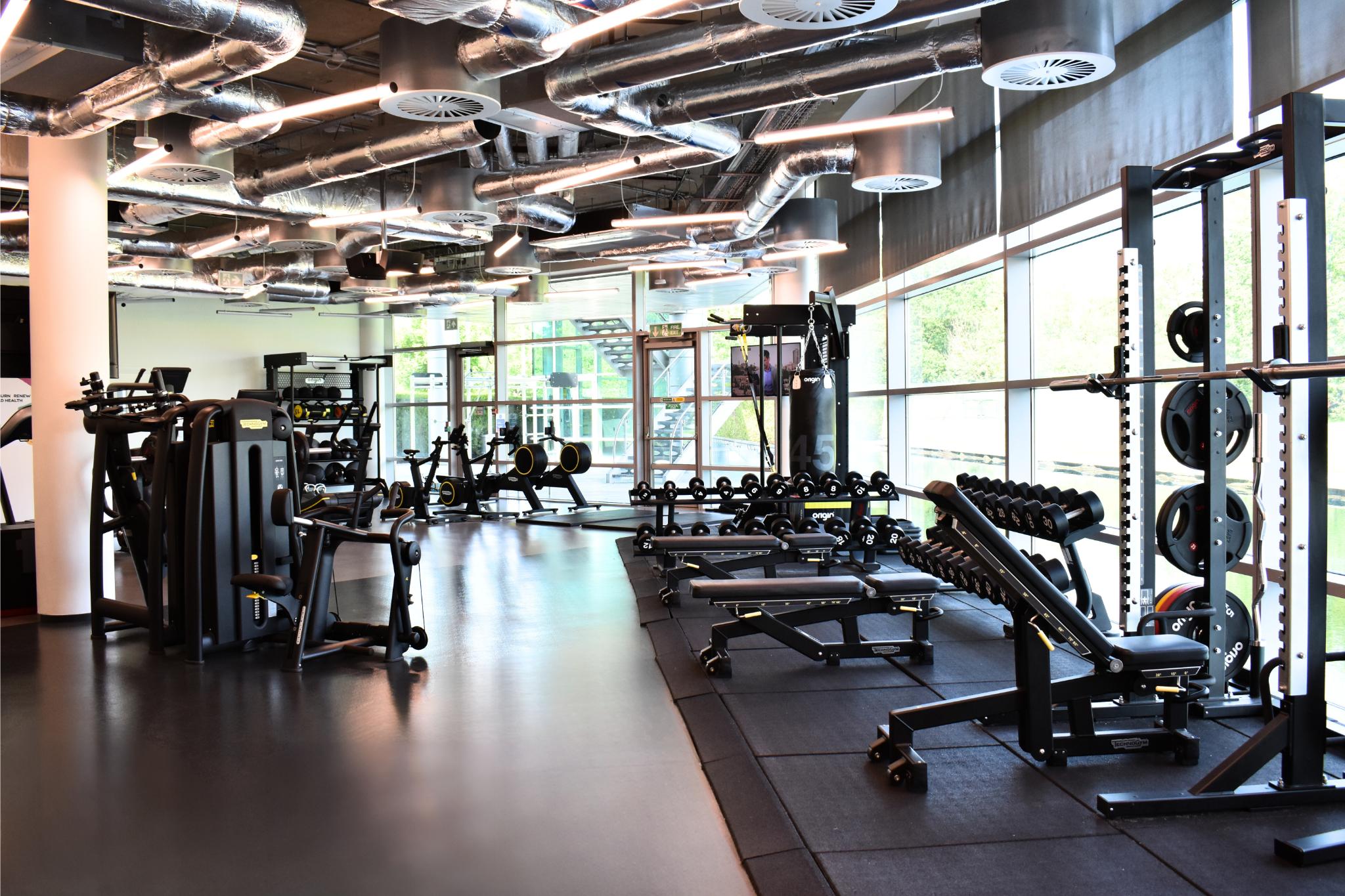Running an independent gym comes with unique challenges and risks that chain gyms and franchises may not face. From equipment malfunctions to me…
Gym Membership Insurance: Essential Coverage for Fitness Facilities
Running a gym or fitness facility comes with unique risks that standard business insurance may not adequately cover. From equipment failures to member injuries, cyber threats to business interruption, gym owners face a complex web of potential liabilities that require specialized insurance protection. Understanding gym membership insurance is crucial for protecting your fitness business, your members, and your financial future.
What is Gym Membership Insurance?
Gym membership insurance is a specialized form of commercial insurance designed specifically for fitness facilities, health clubs, and gyms. This comprehensive coverage addresses the unique risks associated with operating a membership-based fitness business, including liability for member injuries, equipment damage, data protection for member information, and business interruption that could affect membership revenue.
Unlike generic business insurance, gym membership insurance recognizes the specific challenges fitness facilities face, from the physical risks of exercise equipment to the digital risks of storing sensitive member data and payment information.
Key Coverage Areas
Public Liability Insurance
This is perhaps the most critical component of gym membership insurance. Public liability covers claims from members who suffer injuries while using your facilities. Whether it's a slip on a wet floor, an injury from faulty equipment, or an accident in the changing rooms, public liability insurance protects your business from potentially devastating compensation claims.
Coverage typically includes medical expenses, legal costs, and compensation payments. For gyms, this coverage should extend to all areas of your facility, including workout floors, swimming pools, saunas, steam rooms, and outdoor spaces.
Professional Indemnity Insurance
If your gym employs personal trainers, nutritionists, or other fitness professionals, professional indemnity insurance is essential. This coverage protects against claims arising from professional advice or services provided by your staff. For example, if a personal trainer's workout plan leads to a member's injury, or if nutritional advice causes health problems, professional indemnity insurance covers the resulting claims.
Equipment Insurance
Gym equipment represents a significant investment, often worth hundreds of thousands of pounds. Equipment insurance covers repair or replacement costs when machines break down, are damaged, or are stolen. This coverage should include both cardio and strength training equipment, as well as specialized items like swimming pool systems, sound equipment, and computer systems.
Cyber Insurance
Modern gyms store vast amounts of member data, including personal information, payment details, and health records. Cyber insurance protects against data breaches, ransomware attacks, and other cyber threats. This coverage includes breach response costs, legal expenses, regulatory fines, and compensation to affected members.
Business Interruption Insurance
If your gym cannot operate due to covered damage, business interruption insurance replaces lost membership revenue and covers ongoing expenses like staff wages and loan payments. For membership-based businesses, this coverage is crucial as it accounts for the recurring revenue model that gyms depend on.
Employers Liability Insurance
Legally required if you employ staff, employers liability insurance covers claims from employees who suffer work-related injuries or illnesses. In a gym environment, this might include injuries from moving heavy equipment, repetitive strain injuries, or accidents involving cleaning chemicals.
Product Liability Insurance
If your gym sells supplements, protein bars, drinks, or other products, product liability insurance covers claims arising from these items. This includes coverage for allergic reactions, contamination, or other product-related health issues.
Common Risks in Gym Operations
Member Injuries
Despite safety measures, gym injuries are common. Slip and fall accidents, equipment-related injuries, and overexertion incidents can lead to significant claims. Proper insurance ensures these incidents don't threaten your business's survival.
Equipment Failure
Gym equipment undergoes constant use and stress. When machines break down unexpectedly, the repair or replacement costs can be substantial. Equipment failure can also lead to member injuries if safety features malfunction.
Data Breaches
Gyms collect sensitive member information including health data, payment details, and personal identification. A data breach can result in regulatory fines, legal action, and significant reputational damage.
Fire and Water Damage
Gyms face unique fire risks from electrical equipment and saunas, while water damage from swimming pools, showers, and plumbing can cause extensive property damage and business interruption.
Theft and Vandalism
Expensive equipment and member belongings make gyms attractive targets for theft. Vandalism can also cause significant damage to facilities and equipment.
Staff-Related Issues
Employment disputes, discrimination claims, and professional negligence by fitness staff can result in costly legal proceedings and compensation claims.
Factors Affecting Insurance Costs
Facility Size and Type
Larger gyms with more equipment and members typically pay higher premiums. Facilities with swimming pools, saunas, or specialized equipment like climbing walls face additional risks and costs.
Location
Gyms in high-crime areas or regions prone to natural disasters may face higher premiums. Urban locations might have different risk profiles than suburban facilities.
Member Demographics
The age and fitness level of your typical member base can affect premiums. Gyms catering to older adults or those with specific health conditions might face higher risks.
Safety Measures
Comprehensive safety protocols, regular equipment maintenance, staff training programs, and security systems can help reduce insurance costs by demonstrating risk management commitment.
Claims History
A history of frequent claims will increase premiums, while a clean claims record can help keep costs down.
Staff Qualifications
Employing qualified, certified fitness professionals can reduce professional indemnity risks and potentially lower premiums.
Choosing the Right Coverage
Assess Your Specific Risks
Consider your facility's unique characteristics: Do you have a pool? Offer personal training? Sell products? Each element adds specific risks that need coverage.
Coverage Limits
Ensure your coverage limits are adequate for potential claims. A serious injury claim could easily exceed £1 million, so consider higher limits for public liability coverage.
Deductibles
Higher deductibles can reduce premiums but ensure you can afford the out-of-pocket costs if a claim occurs.
Policy Exclusions
Understand what's not covered. Common exclusions might include certain high-risk activities, pre-existing equipment damage, or specific types of cyber incidents.
Additional Services
Look for insurers offering risk management services, safety training, or legal helplines as added value.
Risk Management Best Practices
Equipment Maintenance
Implement regular maintenance schedules for all equipment. Keep detailed records of inspections, repairs, and replacements.
Staff Training
Ensure all staff receive proper training in equipment use, emergency procedures, and member safety. Regular refresher training is essential.
Safety Protocols
Develop comprehensive safety procedures covering equipment use, emergency response, and incident reporting.
Member Education
Provide clear instructions for equipment use and facility rules. Consider mandatory orientations for new members.
Security Measures
Install adequate lighting, security cameras, and access control systems to prevent theft and ensure member safety.
Data Protection
Implement robust cybersecurity measures including secure payment processing, regular software updates, and staff training on data handling.
The Claims Process
Immediate Response
When an incident occurs, ensure member safety first, then document everything thoroughly. Take photos, gather witness statements, and preserve evidence.
Notification
Report claims to your insurer immediately, even if you're unsure whether coverage applies. Delays in reporting can affect coverage.
Documentation
Maintain detailed records of the incident, any injuries, and all communications with affected parties.
Cooperation
Work closely with your insurer's claims team and provide all requested information promptly.
Legal Considerations
Regulatory Compliance
Ensure your insurance meets all legal requirements, including mandatory employers liability coverage.
Waivers and Contracts
While liability waivers can provide some protection, they don't eliminate the need for comprehensive insurance coverage.
Health and Safety Regulations
Compliance with health and safety regulations is crucial for maintaining insurance coverage and reducing claims risk.
Industry-Specific Considerations
24-Hour Gyms
Round-the-clock operations present unique security and safety challenges that may require specialized coverage.
Boutique Fitness Studios
Smaller, specialized facilities may need different coverage than large commercial gyms, particularly for professional indemnity.
Chain vs. Independent Gyms
Franchise operations may have different insurance requirements and group coverage options.
Conclusion
Gym membership insurance is not just a regulatory requirement or business expense – it's a critical investment in your facility's future. The fitness industry's inherent risks, from member injuries to cyber threats, require specialized coverage that understands the unique challenges of operating a membership-based fitness business.
By securing comprehensive gym membership insurance, you protect not only your business assets but also your members' trust and your facility's reputation. The cost of adequate insurance coverage is minimal compared to the potential financial devastation of an uninsured claim.
Working with insurance professionals who understand the fitness industry ensures you get coverage tailored to your specific needs and risks. Don't let inadequate insurance put your gym's future at risk – invest in comprehensive protection that lets you focus on what you do best: helping your members achieve their fitness goals.
Remember, the cheapest insurance isn't always the best value. Focus on finding coverage that adequately protects your business while providing the support and services you need to operate safely and successfully.


 0330 127 2333
0330 127 2333
